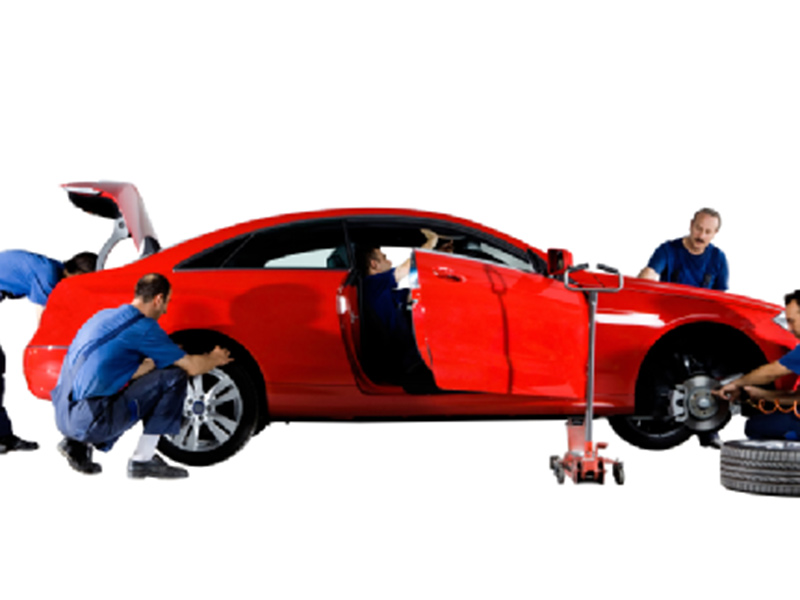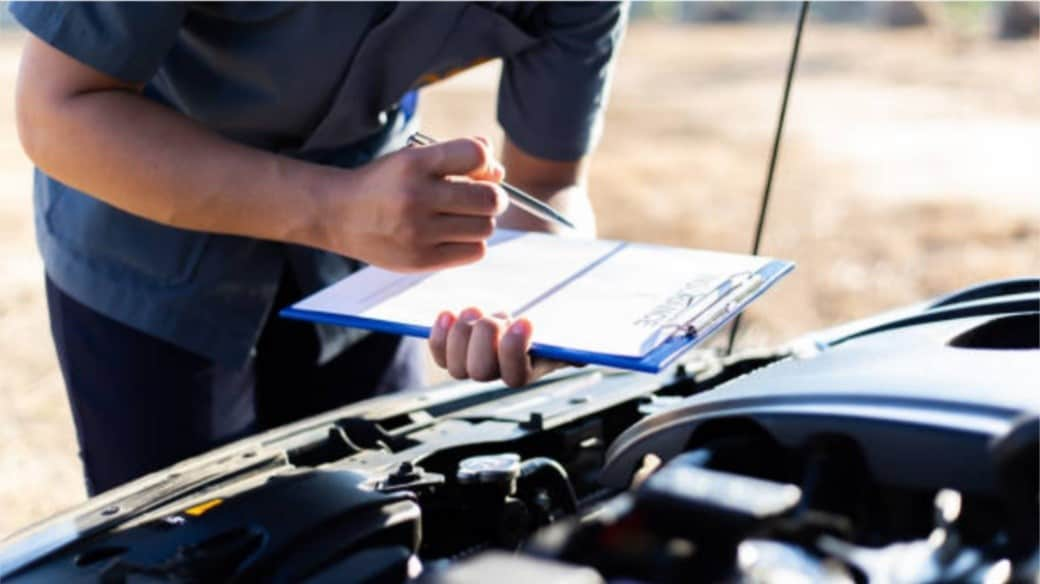All Categories
Featured

When it comes to lorry fixings or upgrades, one of one of the most important choices you'll encounter is whether to pick Original Tools Supplier (OEM) components or aftermarket parts. Both choices provide unique advantages and disadvantages, so understanding the differences in between them is necessary for making a notified decision. In this article, we'll explore the advantages and constraints of OEM and aftermarket components to help you choose which is best fit for your automobile.
What Are OEM Parts? OEM components are generated by the very same maker that made the original parts in your vehicle. These components are created to satisfy the precise requirements of your cars and truck, guaranteeing they are a precise fit and offer the very same performance as the parts that included the vehicle when it was initial developed. OEM components are frequently considered the "manufacturing facility standard" due to the fact that they come directly from the auto's producer or a certified vendor.

One of the major benefits of utilizing OEM components is their assured top quality. Since these parts are made to the same requirements as the originals, they normally offer an excellent fit and trustworthy performance. Additionally, many OEM components include a warranty, giving you satisfaction that you'll be secured in situation of defects.
What Are Aftermarket Parts? Aftermarket parts are made by third-party producers that are not connected with your car's initial manufacturer. These components are made to fit a variety of lorries and are usually more economical than OEM components. Aftermarket components can be utilized for regular fixings or upgrades, and they typically supply a broader range of alternatives contrasted to OEM components.

Additionally, aftermarket components may provide much better efficiency or additional functions not available in OEM choices. Aftermarket exhaust systems, brake pads, and suspension elements usually use improvements in performance or visual appeals that may not be discovered in OEM parts.
Benefits of OEM Components. Precision and Compatibility: OEM parts are designed especially for your automobile's make and version, ensuring they fit completely and do to the specific requirements called for. Guarantee Protection: Lots of OEM components come with service warranties, supplying coverage in situation of problems or early failing. High quality Assurance: Considering that OEM components are made by the original supplier, they go through the very same strenuous high quality control requirements as the parts mounted in your lorry when it was very first constructed. Resale Value: If you prepare to sell your vehicle, having OEM parts can aid maintain its resale value, as prospective buyers may be more curious about a lorry that has been fixed with initial components. Benefits of Aftermarket Components. Expense Financial savings: Aftermarket parts are usually much less expensive than OEM parts, which can be a substantial advantage if you're on a spending plan or intend to save cash on fixings. Variety and Personalization: Aftermarket parts offer a larger variety of options, consisting of efficiency upgrades and aesthetic enhancements. As an example, if you want to enhance horse power or boost your auto's appearance, aftermarket options can supply unique services. Availability: Aftermarket parts are usually simpler to locate than OEM parts, specifically for older automobiles that may no longer have readily available OEM components. Performance Improvements: Some aftermarket parts are designed with performance in mind, such as high-performance brakes, air filters, or exhaust systems. These components can enhance your car's general performance and driving experience. Negative Aspects of OEM Parts. Greater Price: The most considerable downside to OEM components is their cost. They are usually much more pricey than aftermarket alternatives, which can build up promptly if your vehicle requires several repair work. Restricted Customization: OEM parts are made to recover your lorry to its original specs, indicating they might not offer the exact same variety of customization alternatives as aftermarket parts. Schedule Issues: Depending on the age of your vehicle, certain OEM parts may be more difficult to find or stopped, making repairs more difficult. Negative Aspects of Aftermarket Parts. Irregular High quality: While numerous aftermarket parts are of top quality, others might be inadequately made or lack the sturdiness of OEM components. It is very important to investigate the producer and check out testimonials to make sure the high quality of the component you're taking into consideration. Fitment Problems: Aftermarket parts are created to fit a vast array of vehicles, however they might not constantly provide the ideal fit that OEM components assure. This can lead to installation concerns or suboptimal performance. No Surefire Warranty: While some aftermarket components include guarantees, they might not be as extensive or long-lasting as those offered by OEM parts. In many cases, utilizing aftermarket components can likewise impact your lorry's guarantee coverage if it's still energetic. Exactly how to Choose In Between OEM and Aftermarket Components. The choice between OEM and aftermarket parts eventually depends on your details needs, preferences, and budget plan. Here are a few factors to consider to assist guide your option:
Spending plan: If saving money is a concern, aftermarket components are generally the extra economical alternative. Be conscious that more affordable parts might not last as long as OEM parts, which can result in greater expenses down the road. Automobile Age and Condition: For more recent automobiles, specifically those under guarantee, it's often an excellent idea to select OEM parts to preserve the cars and truck's honesty and maintain its resale value. For older automobiles, aftermarket parts might be more practical, particularly if the lorry is no more under guarantee or if you're trying to prolong its life expectancy with cost-effective solutions. Repair Type: Specific vital fixings, particularly those associated to security (brakes, airbags, and so on), are best handled with OEM parts to ensure the greatest degree of safety and performance. For non-essential repair services or adjustments, aftermarket parts can supply an exceptional balance of high quality and affordability. Performance and Personalization: If you're seeking performance upgrades or one-of-a-kind personalization choices, aftermarket parts might be the very best choice. Many aftermarket makers style components especially for enhancing your vehicle's capabilities, whether it's for better efficiency or looks. Verdict. Both OEM and aftermarket parts have their benefits and drawbacks, and the most effective choice relies on your specific requirements and top priorities. OEM parts are optimal for preserving the original quality and performance of your car, while aftermarket components supply expense savings, modification alternatives, and a broader variety of alternatives. Meticulously examine your lorry's problem, the type of fixing required, and your budget to make the finest decision for your vehicle and your wallet. Despite which alternative you pick, it's always a good idea to consult with a trusted auto mechanic that can offer assistance and guarantee the fixing is done correctly.
Latest Posts
The Benefits of Consistent Auto Maintenance at Montclare Auto Repair Keeps Your Wallet Happy
Published May 26, 25
1 min read
Unlock WyHy Federal Credit Union – Top Benefits for Your Future
Published May 25, 25
1 min read
Check Out Budget-Friendly Auto Repairs with Montclare’s Exclusive Service Specials
Published May 24, 25
1 min read
More
Latest Posts
The Benefits of Consistent Auto Maintenance at Montclare Auto Repair Keeps Your Wallet Happy
Published May 26, 25
1 min read
Unlock WyHy Federal Credit Union – Top Benefits for Your Future
Published May 25, 25
1 min read
Check Out Budget-Friendly Auto Repairs with Montclare’s Exclusive Service Specials
Published May 24, 25
1 min read